Chapter 4 Second Generation of British Colonies
Total video: 00:38:52
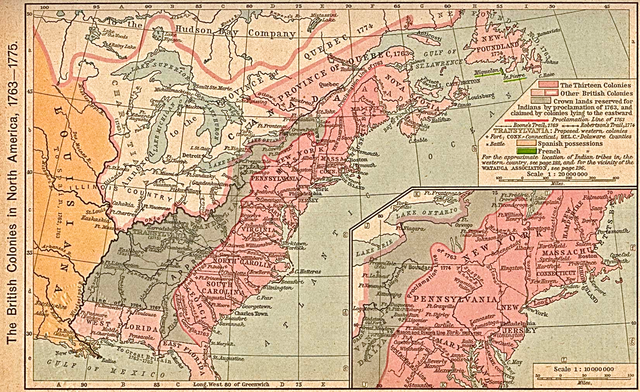
Developing Virginia
As the Virginia plantation economy developed, the demand for manual labor increased substantially. Initially, the indentured servants who had been pushed to, or lured by, the New World met this demand. However, the continually bad reports out of Virginia and the clearing of the labor glut in England made willing servitude less likely. A centuries-old slave trade between Africans had been tapped by the Portuguese more than a century earlier for transportation to, and labor in, the Caribbean sugar islands. The expanding settlements of Virginia were just a few hundred miles north of these and soon African slaves were arriving in Virginia.
!["Slaves working in 17th-century Virginia," by an unknown artist, 1670. [Public domain], via Wikimedia Commons](https://www.oercommons.org/editor/images/1506)
Advantages
The advantages of African slavery were not lost on Virginia planters. Africans possessed no rights or legal status; they already had immunities to European diseases (unlike the native population); as runaways, they were easier to identify than white indentures; they were not entitled to freedom (or land and tools) after a period of indenture; and they could procreate to provide more laborers. Though the first blacks in Virginia had come as indentured servants, by the middle or later 1600's in the southern settlements, being black, meant being owned.
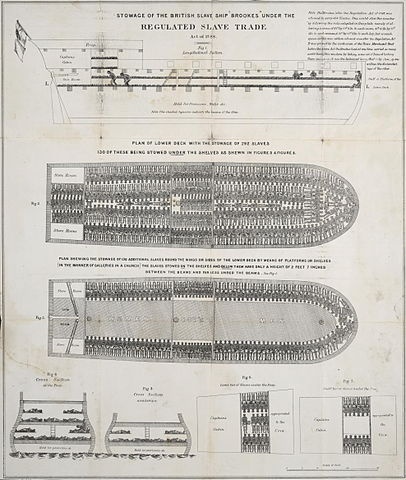
The Black Atlantic 00:23:00 (https://login.proxy.nmc.edu/login?url=http://digital.films.com/play/NK2WFB) This video is accessible to NMC students only (login required).
Developing Massachusetts
Like the Virginia Company, the Massachusetts Bay Company was a Joint Stock Company. Unlike the Virginia Company, The Massachusetts Bay Company was owned by the settlers themselves and the profits, rather than going to London, went directly to the benefit of the colony. This aided in Boston quickly becoming the economic center of Massachusetts. Here, as in Plymouth, the average Puritan was educated, highly motivated, homogenous and dedicated to the welfare of the community.
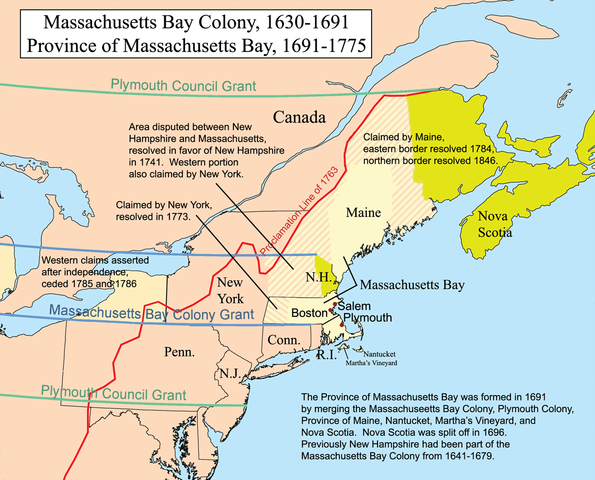
Unparalleled economic success during the next two generations distracted the children and grandchildren of the original settlers from the Puritan vision of Christian community. Shipbuilding became the primary industry of Boston and these ships engaged in a triangular trade which followed the clockwise Atlantic trade winds. For example, a ship might be built and crewed in Boston. It would sail to England with a cargo of rum and timbers and exchange these for firearms and metal tools. From here, the ship would sail to Africa where it would exchange most of the tools and firearms for African slaves. The next stop might be in the Caribbean where it would exchange most of the slaves for sugar and/or molasses. In Virginia, the remainder of the slaves would be exchanged for cotton and tobacco. Back in Boston the molasses would be unloaded and turned into rum and the whole cycle would repeat itself. In this way, the descendents of the Puritans found themselves party to one of the greatest incidents of human misery in recorded history.
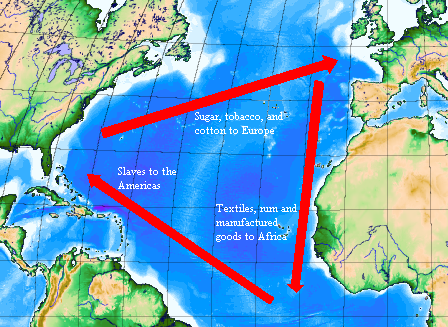
Civil War in England
For over a century, the English colonies in North America would find that they were of little or no interest to the mother country. Having begun as private enterprises without the support of the Crown and accustomed to running their own affairs, the various settlements on the eastern seaboard of North America grew increasingly alarmed over increasing royal and parliamentary intrusions. During this period, the colonies were emboldened by their successful resistance to these intrusions. The southern colonies also began to rely more heavily on slavery while England was rent by Civil War. Civil War would be followed by early attempts to profit from their New World colonies.
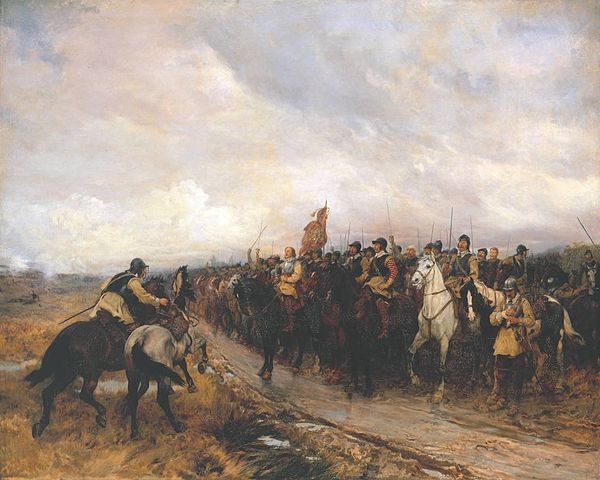
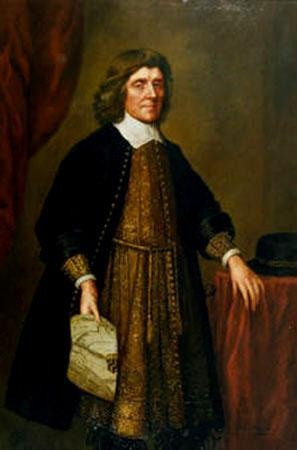
Growing Tensions
England continued to feel the repercussions of Henry VIII’s break with the Catholic Church. After the succession of alternating Protestant/Catholic rulers, England seemed to be settling into a Protestant rhythm. However, in 1625, Charles I ascended the throne, then married a Catholic. Parliament’s fears that Charles might raise his heir to be Catholic were only compounded by his levying of taxes without Parliament’s consent for the purpose of raising an army.
Charles opponents were further aggravated when, in 1632, he granted a charter for a New World colony (“Maryland”, named for "Bloody Mary) to serve as a haven for Catholics who might wish to flee Protestant dominated England. Within a generation, however, Protestants dominated the new colony.
Video "Extra History" 00:02:52 (https://ensemble.nmc.edu/Watch/q2XCm9b3)
War
Deteriorating relations between Charles I and Parliament were further aggravated by Charles ignoring of that body for over a decade. Beginning in 1629, Charles ignored Parliament and sought a return to absolute Monarchy. This, coupled with his marriage to a Catholic, and fears that he would raise a Catholic heir, put Parliament into a siege mentality. When, in 1639, he attempted to impose Anglicanism on Presbyterian Scotland, the Scots went to war and Charles found that he lacked both the political clout and money to raise an army. Charles finally called Parliament for the purpose of raising an army. Parliament met, raised an army and sent it against Charles.
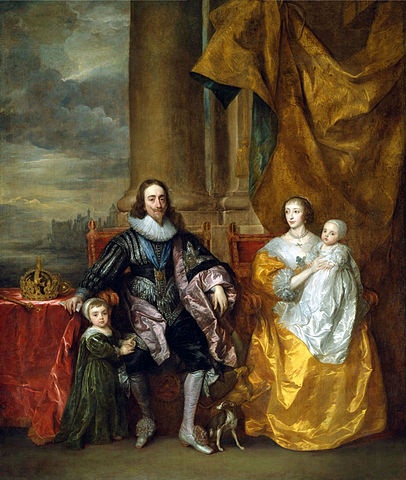
Cavaliers and Roundheads
Loyalist forces, called “Cavaliers” for their reckless and haughty demeanor, battled Parliamentary “Roundheads,” so named for their short hair, in England, Scotland and Ireland. By 1648, Charles had been defeated and captured. He was executed in 1649, at which point England entered a period known as the “interregnum” (between reigns). Officially, England was a Republic during this period. In reality, the military leader of Parliamentary forces, Oliver Cromwell, ruled as a military dictator.
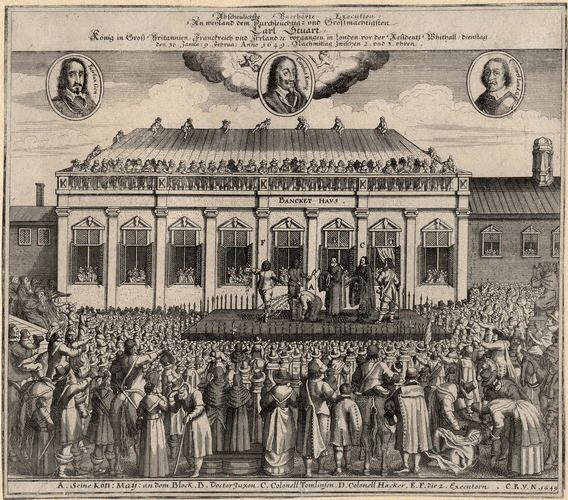
Interregnum
The first Navigation Acts were passed by a king-less Parliament in 1651, during the Interregnum. These acts were designed to direct the trade of the empire so that maximum benefit would be reaped for England. In essence, the acts banned foreign ships (specifically the Dutch) from moving goods to England or her colonies. Though the acts were largely ignored by both the Dutch and the colonies, they were important for two reasons. First, the Navigation acts signaled that the colonies were beginning to show a profit and were being noticed. Secondly, the colony’s ability to ignore the acts and not suffer any consequences would begin a pattern of resistance that would culminate in a Revolution in just over a century. Also during the Interregnum, the Parliament, then dominated by Puritans, passed the “Westminster Confession” in 1648 in an attempt to reform the Anglican Church along Puritan lines. The Confession furthered the Puritan goal of purging Catholicism out of the Church by labeling the Pope as the “Anti-Christ” and placing Scripture alone (sola scriptura) above Church tradition.
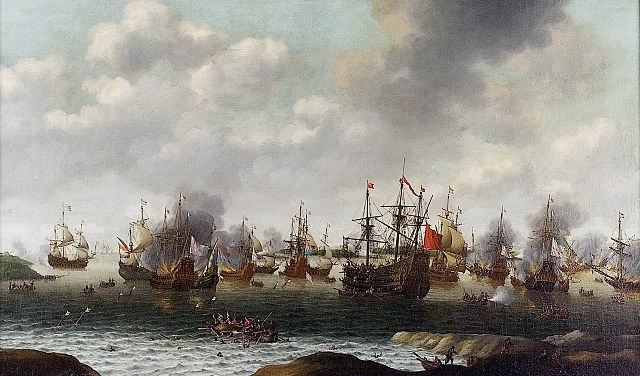
Restoration
After nearly a dozen years of uneasy rule under Cromwell, the Parliament, sensing a national slide toward anarchy, decided to invite Charles II (Charles I’s) son to return from exile. In 1660, Charles assumed the throne, hanged more than a dozen of those who had signed his father’s death warrant (several, including Cromwell, had to be removed from their graves to be hung) and brought an end to Puritan Parliamentary rule. In short order, Parliamentary membership was limited to Anglican Church members only and Puritans, Quakers, Baptists and other dissenters were persecuted with renewed vigor.
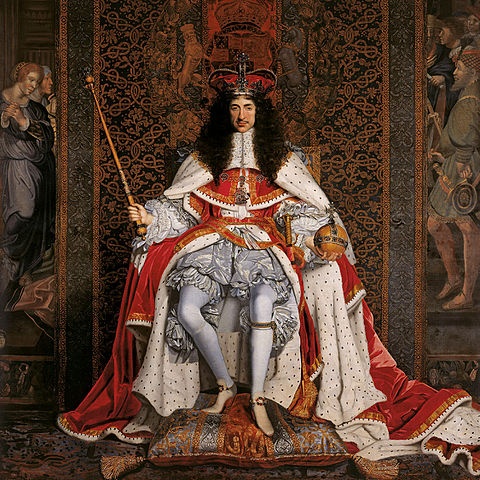
Second Navigation Acts
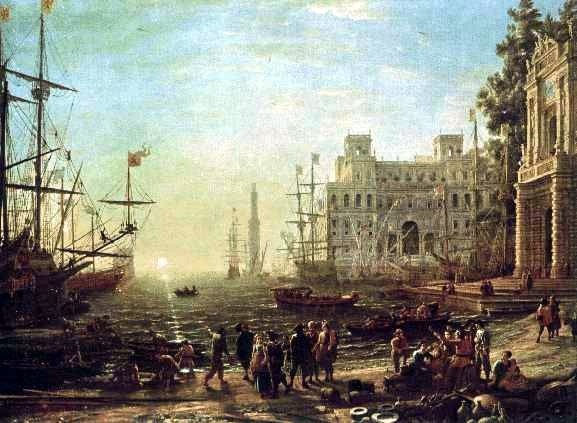
One of Charles’ first orders of business was to create a series of new “Navigation Acts.” The first, in 1660, required that shipping in the British empire be conducted on English-built ships, crewed by at least three-quarters Englishmen and that goods going from any foreign nation to English colonies must first sail to England and pay a tax. The second, in 1673, required that colonial goods could be transported to English ports only. The third, in 1675 established the “Lords of Trade,” a governor for each overseas colony and customs officials within those colonies to ensure adherence to all the Acts. Colonial reaction to these acts was predictable. The mother country had effectively ignored the colonies from the time they were established until the time they began showing a profit some decades later. Now it was the colonies’ turn to ignore England. Violations of the acts were frequent and difficult to police.
Mercantilism
In these years of Capitalism’s infancy, Mercantilism was the long-established economic paradigm. Essentially, Mercantilism was an assumption that there was limited wealth in the world and the more wealth that could be gathered for one nation meant less wealth available for other nations. This largely explains the Second Navigation Acts. Given such a worldview, it is not surprising that the purpose of colonies (from the mother country’s perspective) was to enrich the homeland. Accordingly, acts of navigation were established to ensure that this would happen. The emerging problem was that the North American colonists were into their second and third generations by the time these acts were passed. Most did not know England, had not seen England, and were not anxious to enrich England.
More Colonies
Pennsylvania
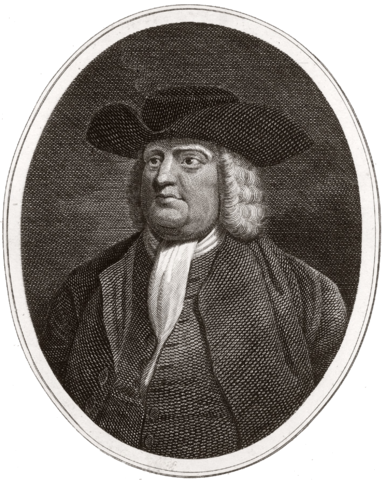
In 1648, the Quakers or “Society of Friends,” began in England as a protest and alternative to Puritanism. The Quakers believed in holding to no sacraments, ordination, creed or confession. They also held to an equality of the sexes and claimed the presence of “Divine” light in each individual. Quakers found themselves immediately at odds with Puritans both in England and the colonies. In Massachusetts, for example, several Quakers who had habitually interrupted court proceedings and worship services to condemn the “unconverted” found themselves banned from the colony upon pain of death—then, after refusing to leave, they found themselves....dead.
In 1667, William Penn, the son of a wealthy English nobleman, converted to Quakerism and found himself at odds with Charles II’s religious policies. As Charles owed Penn’s father a large sum of money, he found it expedient to grant a tract of land (Pennsylvania) as a refuge for Quakers, thereby relieving his debt and (hopefully) getting rid of many Quakers in England. Pennsylvania resulted in 1681 with a charter which prohibited profanity, welcomed all people, whether Quaker, Puritan, Indian, or otherwise, and specifically forbade wrongs against Indians. As a result of its social and religious tolerance, Pennsylvania grew in population and wealth quickly. As a further result, its very tolerant Quaker majority was outnumbered -and outvoted- within a generation.
Carolina
During the interregnum, the colonies were mostly forgotten, except for Cromwell’s ineffective attempt at the First Navigation Acts. Upon restoration of the throne, more colonies were quickly established. Carolina was established in 1663 (split into North and South in 1729) and dominated economically by rice production in the North, fur trade in the south and slavery throughout.
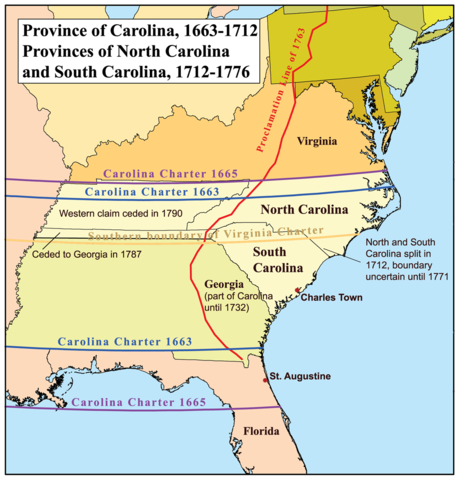
New York
The Dutch settlements had been ruled by autocratic governors appointed in Europe. Over the years, the local population had become estranged from them. As a result, when the British colonists began encroaching on Dutch claims in Long Island and Manhattan, the unpopular governor was unable to rally the population to their defense. New Netherland fell in 1664. The terms of the capitulation, however, were mild: The Dutch settlers were able to retain their property and worship as they pleased so long as they pledged loyalty to England. New Amsterdam became “New York.”
Video New York 00:13:00 (https://login.proxy.nmc.edu/login?url=http://digital.films.com/play/RHBGD3) This video is accessible to NMC students only (login required).
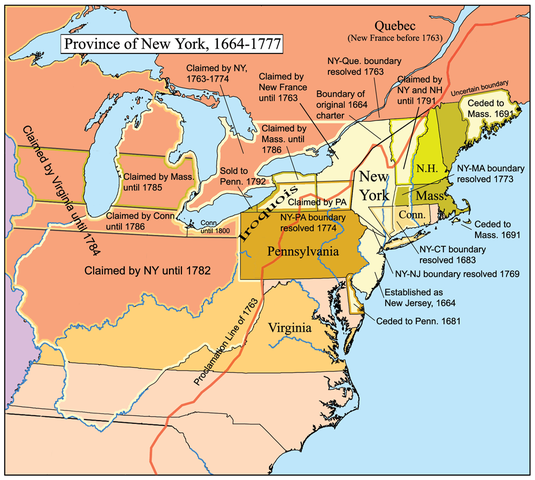
Georgia
Georgia was settled in 1732, the last of the original 13 colonies to be established. Lying close to, if not actually inside the boundaries of Spanish Florida, the region was viewed as a buffer against Spanish incursion. But it had another unique quality: The man charged with Georgia’s fortifications, General James Oglethorpe, was a reformer who deliberately set out to create a refuge wherethe poor and former prisoners would be given new opportunities.
SETTLERS, SLAVES, AND SERVANTS
Men and women with little active interest in a new life in America were often induced to make the move to the New World by the skillful persuasion of promoters. William Penn, for example, publicized the opportunities awaiting newcomers to the Pennsylvania colony. Judges and prison authorities offered convicts a chance to migrate to colonies like Georgia instead of serving prison sentences.
But few colonists could finance the cost of passage for themselves and their families to make a start in the new land. In some cases, ships’ captains received large rewards from the sale of service contracts for poor migrants, called indentured servants, and every method from extravagant promises to actual kidnapping was used to take on as many passengers as their vessels could hold.
In other cases, the expenses of transportation and maintenance were paid by colonizing agencies like the Virginia or Massachusetts Bay Companies. In return, indentured servants agreed to work for the agencies as contract laborers, usually for four to seven years. Free at the end of this term, they would be given “freedom dues,” sometimes including tools and a small tract of land.
Perhaps half the settlers living in the colonies south of New England came to America under this system. Although many of them fulfilled their obligations faithfully, some ran away from their employers. Nevertheless, many of them were eventually able to secure land and set up homesteads, either in the colonies in which they had originally settled or in neighboring ones. No social stigma was attached to a family that had its beginning in America under this semi-bondage. Every colony had its share of leaders who were former indentured servants.
There was one very important exception to this pattern: African slaves. The first black Africans were brought to Virginia in 1619, just 12 years after the founding of Jamestown. Initially, many were regarded as indentured servants who could earn their freedom. By the 1660s, however, as the demand for plantation labor in the Southern colonies grew, the institution of slavery began to harden around them, and Africans were brought to America in shackles for a lifetime of involuntary servitude.
“What then is the American, this new man?” American author and agriculturist J. Hector St. John de Crèvecoeur, 1782
NEW PEOPLES
Most settlers who came to America in the 17th century were English, but there were also Dutch, Swedes, and Germans in the middle region, a few French Huguenots in South Carolina and elsewhere, slaves from Africa, primarily in the South, and a scattering of Spaniards, Italians, and Portuguese throughout the colonies. After 1680 England ceased to be the chief source of immigration, supplanted by Scots and “Scots-Irish” (Protestants from Northern Ireland). In addition, tens of thousands of refugees fled northwestern Europe to escape war, oppression, and absentee-landlordism. By 1690 the American population had risen to a quarter of a million. From then on, it doubled every 25 years until, in 1775, it numbered more than 2.5 million. Although families occasionally moved from one colony to another, distinctions between individual colonies were marked. They were even more so among the three regional groupings of colonies.
NEW ENGLAND
The northeastern New England colonies had generally thin, stony soil, relatively little level land, and long winters, making it difficult to make a living from farming. Turning to other pursuits, the New Englanders harnessed waterpower and established grain mills and sawmills. Good stands of timber encouraged shipbuilding. Excellent harbors promoted trade, and the sea became a source of great wealth. In Massachusetts, the cod industry alone quickly furnished a basis for prosperity.
With the bulk of the early settlers living in villages and towns around the harbors, many New Englanders carried on some kind of trade or business. Common pasture-land and woodlots served the needs of townspeople, who worked small farms nearby. Compactness made possible the village school, the village church, and the village or town hall, where citizens met to discuss matters of common interest.
The Massachusetts Bay Colony continued to expand its commerce. From the middle of the 17th century onward it grew prosperous, so that Boston became one of America’s greatest ports.
Oak timber for ships’ hulls, tall pines for spars and masts, and pitch for the seams of ships came from the Northeastern forests. Building their own vessels and sailing them to ports all over the world, the shipmasters of Massachusetts Bay laid the foundation for a trade that was to grow steadily in importance. By the end of the colonial period, one-third of all vessels under the British flag were built in New England. Fish, ship’s stores, and woodenware swelled the exports. New England merchants and shippers soon discovered that rum and slaves were profitable commodities. One of their most enterprising — if unsavory — trading practices of the time was the “triangular trade.” Traders would purchase slaves off the coast of Africa for New England rum, then sell the slaves in the West Indies where they would buy molasses to bring home for sale to the local rum producers.
THE MIDDLE COLONIES
Society in the middle colonies was far more varied, cosmopolitan, and tolerant than in New England. Under William Penn, Pennsylvania functioned smoothly and grew rapidly. By 1685, its population was almost 9,000. The heart of the colony was Philadelphia, a city of broad, tree-shaded streets, substantial brick and stone houses, and busy docks. By the end of the colonial period, nearly a century later, 30,000 people lived there, representing many languages, creeds, and trades. Their talent for successful business enterprise made the city one of the thriving centers of the British Empire.
Though the Quakers dominated in Philadelphia, elsewhere in Pennsylvania others were well represented. Germans became the colony’s most skillful farmers. Important, too, were cottage industries such as weaving, shoemaking, cabinetmaking, and other crafts. Pennsylvania was also the principal gateway into the New World for the Scots-Irish, who moved into the colony in the early 18th century. “Bold and indigent strangers,” as one Pennsylvania official called them, they hated the English and were suspicious of all government. The Scots-Irish tended to settle in the backcountry, where they cleared land and lived by hunting and subsistence farming.
New York best illustrated the polyglot nature of America. By 1646 the population along the Hudson River included Dutch, French, Danes, Norwegians, Swedes, English, Scots, Irish, Germans, Poles, Bohemians, Portuguese, and Italians. The Dutch continued to exercise an important social and economic influence on the New York region long after the fall of New Netherland and their integration into the British colonial system. Their sharp-stepped gable roofs became a permanent part of the city’s architecture, and their merchants gave Manhattan much of its original bustling, commercial atmosphere.
THE SOUTHERN COLONIES
In contrast to New England and the middle colonies, the Southern colonies were predominantly rural settlements.
By the late 17th century, Virginia’s and Maryland’s economic and social structure rested on the great planters and the yeoman farmers. The planters of the Tidewater region, supported by slave labor, held most of the political power and the best land. They built great houses, adopted an aristocratic way of life, and kept in touch as best they could with the world of culture overseas.
The yeoman farmers, who worked smaller tracts, sat in popular assemblies and found their way into political office. Their outspoken independence was a constant warning to the oligarchy of planters not to encroach too far upon the rights of free men.
The settlers of the Carolinas quickly learned to combine agriculture and commerce, and the marketplace became a major source of prosperity. Dense forests brought revenue: Lumber, tar, and resin from the longleaf pine provided some of the best shipbuilding materials in the world. Not bound to a single crop as was Virginia, North and South Carolina also produced and exported rice and indigo, a blue dye obtained from native plants that was used in coloring fabric. By 1750 more than 100,000 people lived in the two colonies of North and South Carolina. Charleston, South Carolina, was the region’s leading port and trading center.
In the southernmost colonies, as everywhere else, population growth in the backcountry had special significance. German immigrants and Scots-Irish, unwilling to live in the original Tidewater settlements where English influence was strong, pushed inland. Those who could not secure fertile land along the coast, or who had exhausted the lands they held, found the hills farther west a bountiful refuge. Although their hardships were enormous, restless settlers kept coming; by the 1730s they were pouring into the Shenandoah Valley of Virginia. Soon the interior was dotted with farms.
Living on the edge of Native American country, frontier families built cabins, cleared the wilderness, and cultivated maize and wheat. The men wore leather made from the skin of deer or sheep, known as buckskin; the women wore garments of cloth they spun at home. Their food consisted of venison, wild turkey, and fish. They had their own amusements: great barbecues, dances, housewarmings for newly married couples, shooting matches, and contests for making quilted blankets. Quilt-making remains an American tradition today.
Bacon’s Rebellion
By the middle of the 1600's, many of the indentured servants who had relocated to the Virginia claim had become landowners. With the number of planters increasing in this way, competition between planters increased. The increase in competition, in turn, caused prices to fall. The previously established planters—those who hired indentured servants and/or bought slaves—had the means to buy river-front property; this kept their shipping rates at a minimum. When their hired indentures finished their contracted period of employment, these planters would grant them acreage and tools as agreed upon, but the acreage was located far from any navigable river—usually in the back-country to serve as a buffer against the displaced Indian tribes.
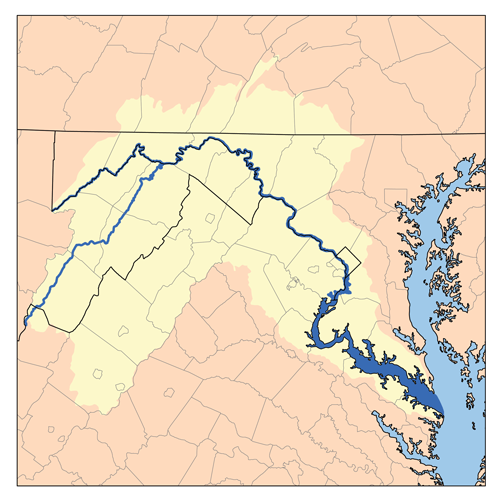
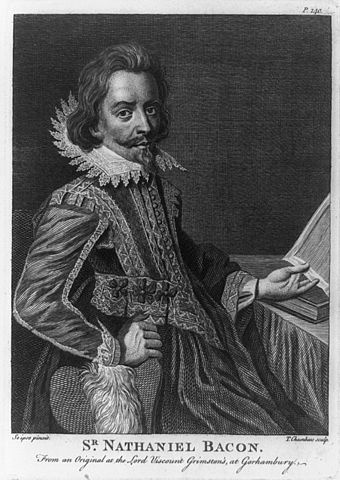
Peace with the Indians after the defeat of Opechancanough in 1644 had established a settlement line between colonists and Indians. The inability to acquire waterfront property meant that most freed indentures were in the backcountry nearest the Indians. In 1675-76, Nathaniel Bacon protested these circumstances, blaming the established planters who had control of the colonial government. In a series of misadventures, Bacon raised a militia, retaliated for some Indian attacks by raiding the wrong tribe, chased the colonial governor out of town (burning Jamestown to the ground in the process) and set up a revolutionary government in Virginia. A fleet dispatched from England arrived just as the rebellion ended (Bacon had died of fever) and re-established order.
What the established planter class learned from Bacon’s Rebellion was that white indentured servants were difficult. Not only were they owed land and tools at the end of their service—not only did they have rights as Englishmen—but they were hard to please as well. From this point on, what had begun as a stream of slave labor into the Southern English colonies became a torrent. Blacks had no rights in America, could procreate, were owed nothing after a term of service and, in fact, had a term of service without end. Now this was something the planter class could work with.
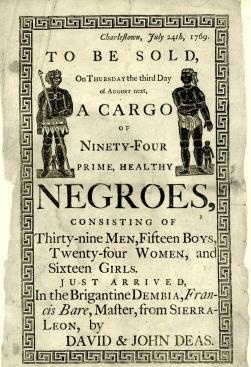
Early Colonial Education
A significant factor deterring the emergence of a powerful aristocratic or gentry class in the colonies was the ability of anyone in an established colony to find a new home on the frontier. Time after time, dominant Tidewater figures were obliged to liberalize political policies, land grant requirements, and religious practices by the threat of a mass exodus to the frontier.
Of equal significance for the future were the foundations of American education and culture established during the colonial period. Harvard College was founded in 1636 in Cambridge, Massachusetts. Near the end of the century, the College of William and Mary was established in Virginia. A few years later, the Collegiate School of Connecticut, later to become Yale University, was chartered.
Even more noteworthy was the growth of a school system maintained by governmental authority. The Puritan emphasis on reading directly from the Scriptures underscored the importance of literacy. In 1647 the Massachusetts Bay Colony enacted the “ye olde deluder Satan” Act, requiring every town having more than 50 families to establish a grammar school (a Latin school to prepare students for college). Shortly thereafter, all the other New England colonies, except for Rhode Island, followed its example.
The Pilgrims and Puritans had brought their own little libraries and continued to import books from London. And as early as the 1680s, Boston booksellers were doing a thriving business in works of classical literature, history, politics, philosophy, science, theology, and belles-lettres. In 1638 the first printing press in the English colonies was installed at Harvard College.
The first school in Pennsylvania was begun in 1683. It taught reading, writing, and keeping of accounts. Thereafter, in some fashion, every Quaker community provided for the elementary teaching of its children. More advanced training — in classical languages, history, and literature — was offered at the Friends Public School, which still operates in Philadelphia as the William Penn Charter School. The school was free to the poor, but parents were required to pay tuition if they were able.
In Philadelphia, numerous private schools with no religious affiliation taught languages, mathematics, and natural science; there were also night schools for adults. Women were not entirely overlooked, but their educational opportunities were limited to training in activities that could be conducted in the home. Private teachers instructed the daughters of prosperous Philadelphians in French, music, dancing, painting, singing, grammar, and sometimes bookkeeping.
Dominion of New England
After nearly 80 years of neglect, a concerted effort to govern the colonies came in the form of the “Dominion of New England,” established under King James II in 1686. By this time, the North American English colonies had acquired the reputation of being ungovernable—especially the northern colonies. The plan was to approach the colonies piecemeal and reign-in the North first. All local assemblies were to be abolished; all Navigation Acts were to be strictly enforced; and all offenders were to be tried in a Vice Admiralty (juryless) Court. Once Massachusetts was brought to heel, the South would quickly follow suit; or so it was thought.
Sir Edmund Andros
The first and only governor of “New England” was Edmund Andros. Andros was quick and intentional in giving offense to the Puritans in and around Boston. He immediately confiscated a Puritan church-building and established an Anglican service; then he commenced regular celebrations, often on Sundays, which included maypoles (phallic symbols). His contempt for Puritans and arbitrary misuse of power did not endear him to the local population.
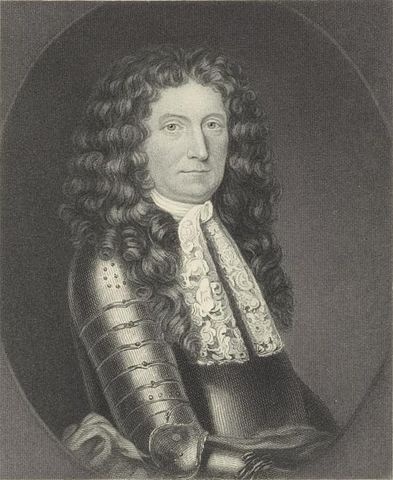
The Glorious Revolution
Having ascended the throne during the height of anti-Catholic hysteria in 1685, King James II further weakened his position by promising to practice his Catholicism quietly, then very publicly baptizing his son (and heir) Catholic. He followed this with a purge of numerous high offices, replacing the officials with Catholics. Terrified of another Civil War, various noblemen, military officers and parliamentarians engaged in secret negotiations with William and Mary, the reigning regents in Holland, both of whom were grandchildren of Charles I, but most importantly—Protestant. William and Mary put together an enormous invasion force which landed in England in 1688. As James’ navy and much of his army went over to the invaders, James lost all hope and slipped out of the country. William and Mary were now sovereigns of Great Britain and the Netherlands. England would remain Protestant.
Results in Massachusetts
When news of the coup reached New England, Andros was arrested and sent to England for trial. Immediately, Boston began receiving Dutch shipping again (the new monarchs were Dutch after all) and the entire colony went back to its former way of governance under the original charter. However, in 1691, the new king issued a new charter for Massachusetts (effectively ending the old one) and appointed a governor for the now royalized colony of Massachusetts. Hence forward in Massachusetts, anyone meeting the minimum property requirements could vote. The General Court was also limited substantively and the Church-State of Massachusetts was no more.
Results in Maryland and New York
In Maryland, John Coode’s rebellion resulted in the ejection of all Catholics from public office and the military. In New York, Jacob Leisler led a takeover which saw the governor deposed and Leisler assuming that post. When a new governor, appointed by the King, arrived, Leisler refused to surrender power, was captured, tried and hung. While England did not succeed in establishing the “Dominion of New England” over any of their colonies north or south, the moniker of “New England” has ever since been applied to that northern region of the American East coast.